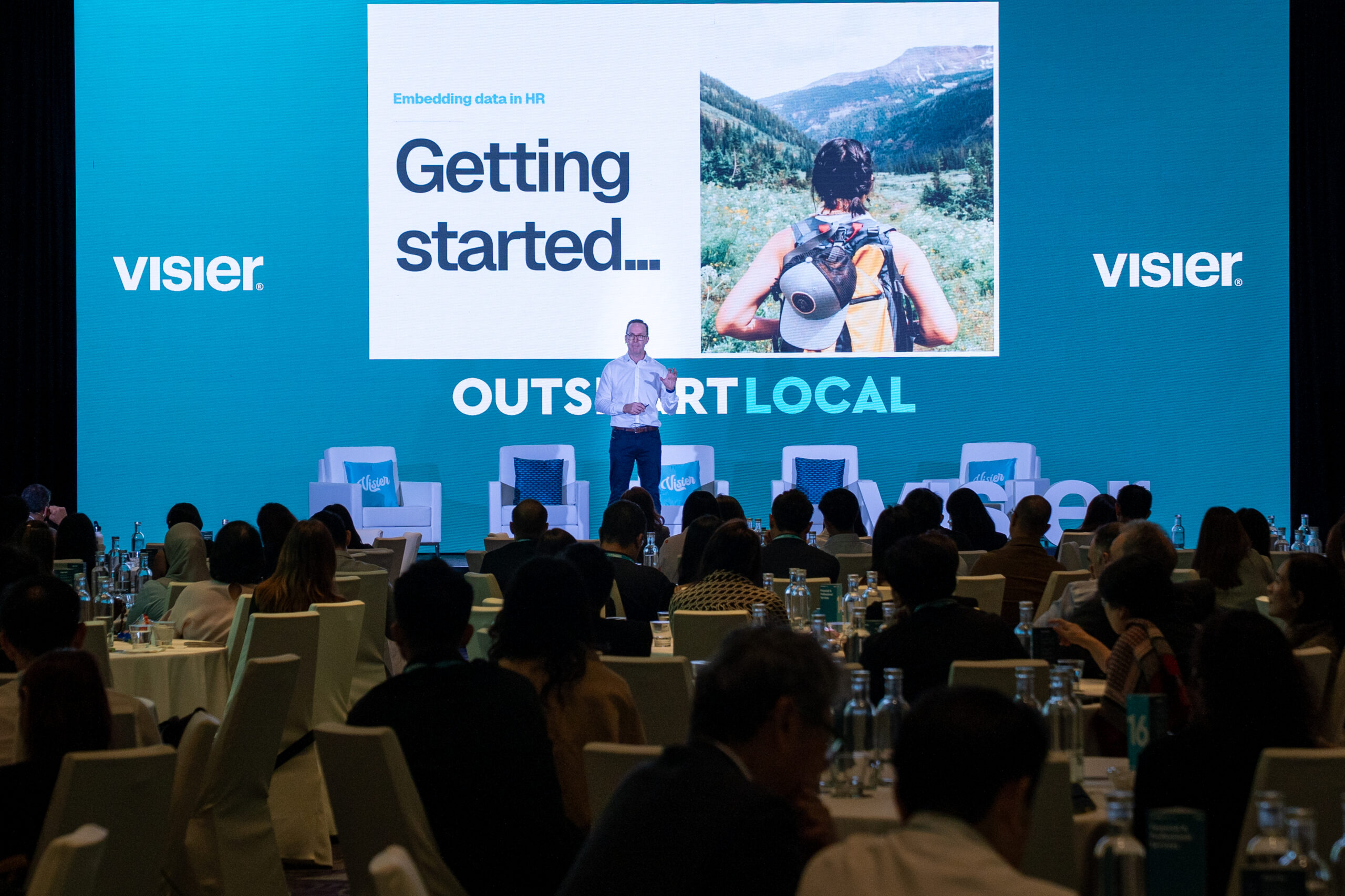Beyond the contract: How strategic benefits forge contractor loyalty in the blended workforce
- HRM Asia Newsroom

In today’s dynamic work environment, the shift to a blended workforce is no longer a forecast—a reality that organisations are embracing. A Harvard Business School study found that 90% of organisations are strategically integrating independent contractors with full-time employees to boost agility, access global talent, and manage costs. This represents a fundamental reshaping of how modern organisations operate and scale.
But this new landscape introduces new complexities. How do you effectively manage a global network of contractors? How do you ensure they feel valued and motivated? And critically, how do you manage it all without getting overwhelmed by administrative tasks and compliance risks?

The answer lies in moving beyond a transactional mindset. It requires a one-stop, flexible solution designed for the modern workforce. “It’s always in your business’s best interest to keep your team members happy—regardless of how they’re employed,” Eli Chuah, Senior Solutions Consultant for Asia-Pacific, Remote, told HRM Asia.
Rethinking contractor management: Why the shift is happening now
The growing reliance on contractors is a strategic response to global economic and technological shifts. “Market uncertainties are a major driver,” Chuah explained. “Organisations increase the hiring of contractors to manage costs and shorten employment terms due to the uncertainties of the macroeconomic environment.”
This flexibility allows organisations to tap into specialised skills on demand. “Organisations in Asia-Pacific are also leveraging the cost advantage of hiring specific talent from emerging markets like Vietnam, India, and Malaysia,” she added. This practice often begins with contractors testing new markets before making long-term investments.
As contractors become integral to long-term success, their expectations have evolved. Inconsistent payment cycles and a lack of support are no longer acceptable. Organisations, in turn, need a modern solution to reduce the administrative burden of managing a distributed, global team.
Remote solves these challenges with an intuitive platform that streamlines the entire contractor lifecycle, from onboarding and payments to benefits and compliance. It brings everything into one centralised dashboard, reducing manual tasks for HR and finance teams.
A cornerstone of building trust is reliable payment. Remote automates recurring payments in over 100 currencies, ensuring contractors are paid accurately and on time, which boosts morale and loyalty.
But today’s top talent expects more than just timely payment. Forward-thinking organisations are now offering benefits to their long-term contractors, a crucial step in a competitive market. Remote’s Benefits for Contractors Report highlighted this shift:
- 57% of contractors report having access to healthcare benefits through their workplace.
- 60% report having access to paid time off (PTO).
According to Chuah, Remote provides a checklist to guide organisations through this process, covering legal compliance, taxation, time off policies and more.” Key benefits that can be offered compliantly through Remote include:
- Healthcare Access: “65% of contractors view healthcare as an essential benefit,” Chuah noted, “but this has to be provisioned as individual plans instead of being part of group plans.” Remote facilitates this by enabling organisations to offer stipends or access to discounted individual plans, providing security without the risk of misclassification.
- PTO: Even contractors need time to recharge. Offering PTO for long-term contributors helps prevent burnout, improves productivity, and fosters a culture of fairness and equity. Remote helps organisations structure compliant leave policies.
- Home Office and Development Stipends: Remote enables organisations to support contractors with stipends for essential tools, ergonomic setups, or professional development courses. These investments show a commitment to their success, which directly enriches the organisation.
- Stock Options: For high-impact contractors, equity can be a powerful incentive. It “inspires employees to stay motivated and engaged,” as Chuah puts it. Remote provides this framework to offer equity compliantly across borders.
The impact of a unified platform is best seen through results. A global content and linguistics agency, managing 2,100 international contractors, was struggling with massive administrative burdens, including processing over 1,000 invoices per month and facing onboarding delays that stretched for months.
READ MORE: Flexible work, stronger culture: What HR needs to know now
By partnering with Remote, the agency achieved transformation, seamlessly migrating its 2,100 contractors to the platform. A critical improvement was the reduction in the onboarding process, which was slashed from a timeline of months to mere days or even hours.
This newfound speed was matched by unprecedented operational efficiency. The agency was able to consolidate over 1,000 monthly invoices into a single payment, resulting in invoice creation that was 22 times faster and validation 57 times faster. Crowning these achievements, the organisation attained 100% on-time payment accuracy, according to Remote, a move that improved contractor satisfaction and retention.
Building a culture of belonging
Offering benefits to contractors does more than improve productivity; it signals that the organisation values every contributor.
Providing stipends for tools, time off for rest and recovery, or opportunities to improve their skills creates a more inclusive workforce culture. As the report noted, benefits like these can help build loyalty and reduce turnover, particularly among long-term contractors.
To learn more about structuring contractor benefits effectively, download the complete guide from Remote, The Benefits for Contractors: Why Offer Benefits (And How to Do it Compliantly).
This is the fourth article in a six-part series on global talent strategy brought to you by Remote. In the next article in this series, we will delve into the complex and sensitive issue of managing domestic and global payroll, ensuring labour and legal compliance in each country of operation, and how Remote can suit your business model.






